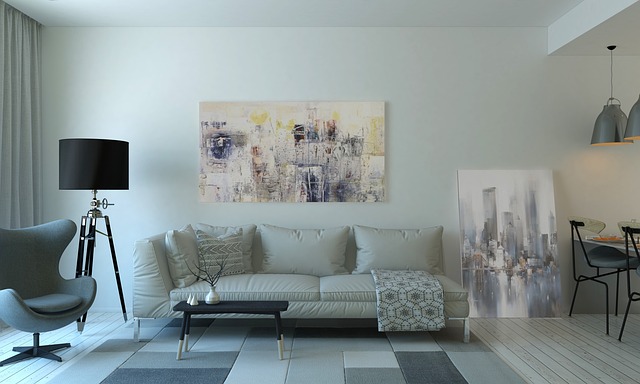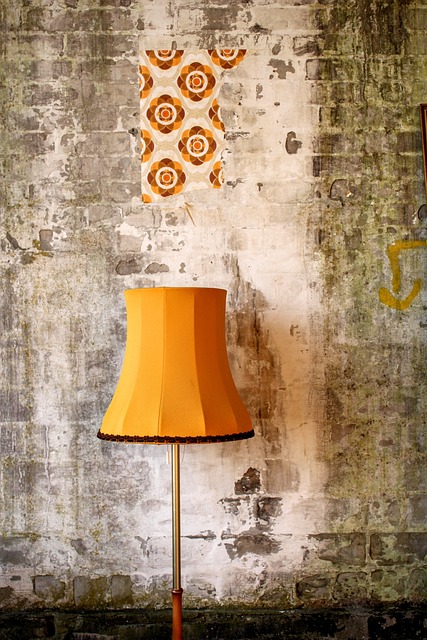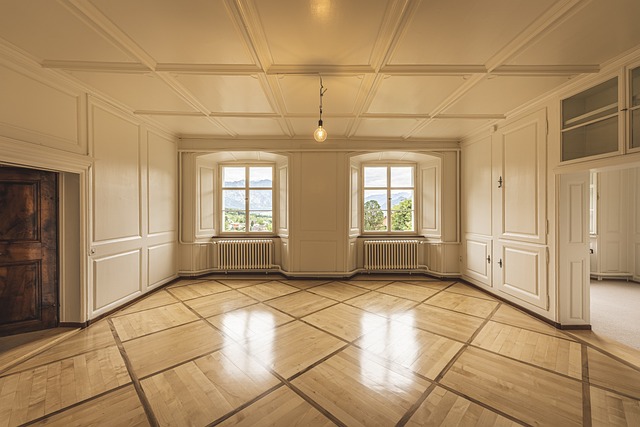What Are the Benefits of Multi-Generational Living in Today’s Housing Market?
Discover the growing trend of multi-generational living, its unique advantages, and how families are embracing this lifestyle to thrive in today’s competitive housing market.
In recent years, the concept of multi-generational living has gained significant momentum. As housing costs skyrocket and the need for deeper familial connections grows, more families are embracing the idea of living under one roof with multiple generations. While multi-generational living has been common in many cultures for centuries, it is now being recognized as a practical, economically sound, and emotionally enriching lifestyle in today’s Western society. But what are the benefits of this approach, and why is it making a comeback in modern housing?

1. Tackling the Rising Cost of Living
The cost of housing has become one of the most pressing issues for individuals and families alike. With prices for homes and rent continuing to surge in many areas, affording a separate home can be a challenge, particularly for young adults and older generations on fixed incomes. Multi-generational living offers a solution by allowing families to pool resources. By sharing mortgage payments, utility bills, and other household expenses, families can ease the financial strain on each member.
Furthermore, this shared financial approach can enable families to access larger, more comfortable homes that would be out of reach for individual family units. A larger home with shared costs often provides each generation with a balance of private and communal spaces, allowing both independence and connectivity without the burden of high individual expenses. For young adults facing an uncertain job market, this arrangement provides financial breathing room and helps older family members maintain a stable living situation, making it a mutually beneficial choice.
2. Enhanced Family Support System
One of the most compelling benefits of multi-generational living is the immediate and consistent support system it offers. In a multi-generational household, family members are there to provide both emotional and practical support. For families with young children, grandparents often play a crucial role in providing childcare, mentorship, and love. Having grandparents nearby means children can benefit from their wisdom, while parents receive invaluable help in balancing work and family life.
This family-centric support network goes beyond childcare. In cases where elderly family members need assistance, adult children can provide day-to-day help, ensuring their parents live comfortably and with dignity. This arrangement can also eliminate the need for costly senior care facilities, making it a more affordable option for families. This support system brings a deeper layer of security and peace of mind to every family member, knowing that help is close at hand whenever it’s needed.
3. Building Stronger Family Bonds
In a world where people are often busy and constantly on the go, multi-generational living fosters a unique environment for building stronger, closer family relationships. Daily interactions encourage communication and connection, and traditions are shared naturally between generations. Younger members gain insight into family history and values, while older generations enjoy the energy and vitality younger members bring to the household.
Having multiple generations under one roof also enriches social experiences, as family members learn from each other’s perspectives. Each generation has a chance to impart its unique experiences, worldviews, and wisdom. This dynamic environment allows for a diversity of thought and expression, helping individuals grow in understanding and empathy. Family meals, shared responsibilities, and regular time spent together create a sense of belonging that can be deeply fulfilling and contribute to everyone’s emotional well-being.

4. Sustainable Living Choices
With the increased focus on sustainability and environmental consciousness, multi-generational homes can help families live more sustainably. By sharing resources and living space, multi-generational households reduce their overall environmental footprint. Fewer homes mean less energy consumption, and combining resources for transportation, food, and utilities can make a noticeable difference.
In addition, many families are finding creative ways to make their multi-generational homes even greener. Some are investing in solar panels or implementing energy-efficient appliances to cut down on utility costs and reduce their carbon footprint. This collaborative approach to sustainable living aligns with the values of many young adults who are environmentally conscious, while also resonating with older generations who understand the importance of preserving resources.
5. Increased Security and Stability
Living in a multi-generational home provides families with a sense of security that is hard to replicate in other living situations. With multiple adults in the household, there is always someone around to look out for children, help with household tasks, and provide companionship to elderly family members. This arrangement offers a built-in safety net, reducing feelings of isolation and vulnerability for everyone involved.
Additionally, in a time where job insecurity and economic volatility are common, a multi-generational household offers a degree of economic stability. If one family member faces financial hardship, others are there to help, making it easier for the household to weather economic storms together. This kind of resilience is empowering, especially for families that face health challenges or other unexpected life changes.
6. Making the Most of Home Equity and Investments
Owning a home that accommodates multiple generations can be a wise financial decision in a volatile housing market. By pooling resources to purchase a property, families can collectively build home equity faster than if each generation were to buy separately. This shared investment also opens up possibilities for upgrading to a larger home, adding value over time.
Multi-generational homes can also serve as a strategic investment opportunity. As these homes become more desirable in today’s market, properties designed for multiple generations tend to hold their value, especially as the demand for such homes rises. Families can explore renovation or expansion opportunities that cater to different generations’ needs, making the property even more valuable. By thinking strategically about property as a shared, long-term investment, families are not only building a home but also a solid financial foundation for future generations.
7. Fostering Lifelong Learning and Skill Sharing
One unique advantage of multi-generational living is the opportunity for lifelong learning and skill-sharing within the family. Older family members can teach practical skills or pass on valuable life lessons to younger generations. This might include everything from cooking and gardening to financial planning or even home repair skills. In return, younger generations can help older family members stay connected with technology, which has become an essential skill in today’s digital world.

These exchanges strengthen the bond between family members, build self-sufficiency, and promote a deeper understanding of one another’s experiences. The skill-sharing aspect of multi-generational living also fosters respect and appreciation between generations, as family members recognize and value each other’s knowledge and expertise. This natural learning environment benefits everyone, encouraging personal growth and intergenerational harmony.
8. Adapting Homes to Fit Diverse Needs
With the increase in multi-generational living, families are adapting their homes to meet a variety of needs and lifestyles. Architects and builders are increasingly designing homes that cater specifically to multi-generational households, with features like separate entrances, multiple living spaces, and flexible floor plans. These design choices allow each generation to maintain a degree of privacy and independence while still being part of the family unit.
In addition to physical adaptations, some families are choosing to remodel existing homes to suit multi-generational needs. Common adjustments include creating additional bedrooms, adding bathrooms, or setting up an independent living suite for older family members. These design elements make daily life more convenient and comfortable, ensuring that everyone in the home can enjoy both shared spaces and personal retreats when needed.
9. Emotional and Psychological Well-being
The psychological benefits of multi-generational living are profound. Research shows that strong family connections and support systems can significantly impact mental health and emotional well-being. Living with family members provides a continuous source of companionship, reducing feelings of loneliness and isolation, especially for seniors and single parents. The stability and sense of belonging that come with multi-generational living contribute positively to mental health.
Moreover, children growing up in multi-generational homes often benefit from the increased emotional security provided by having multiple caregivers and role models. They tend to feel more supported, resulting in higher levels of self-esteem and a stronger sense of identity. This environment also teaches resilience and adaptability, as family members learn to navigate different needs and personalities, fostering a psychologically supportive setting.
10. A Trend with a Future
Multi-generational living is more than just a trend—it’s a lifestyle that offers numerous social, financial, and emotional benefits. As the housing market continues to evolve, more families are realizing the advantages of shared living arrangements. With rising housing costs, an aging population, and a greater emphasis on sustainable living, multi-generational households present a viable solution to many modern challenges.
The beauty of multi-generational living lies in its adaptability. Families can create homes that reflect their unique values, blend traditions, and support one another in ways that a single-family model may not allow. For many, this approach provides an opportunity to live richer, more meaningful lives under one roof, creating a legacy of togetherness and shared purpose for generations to come.

